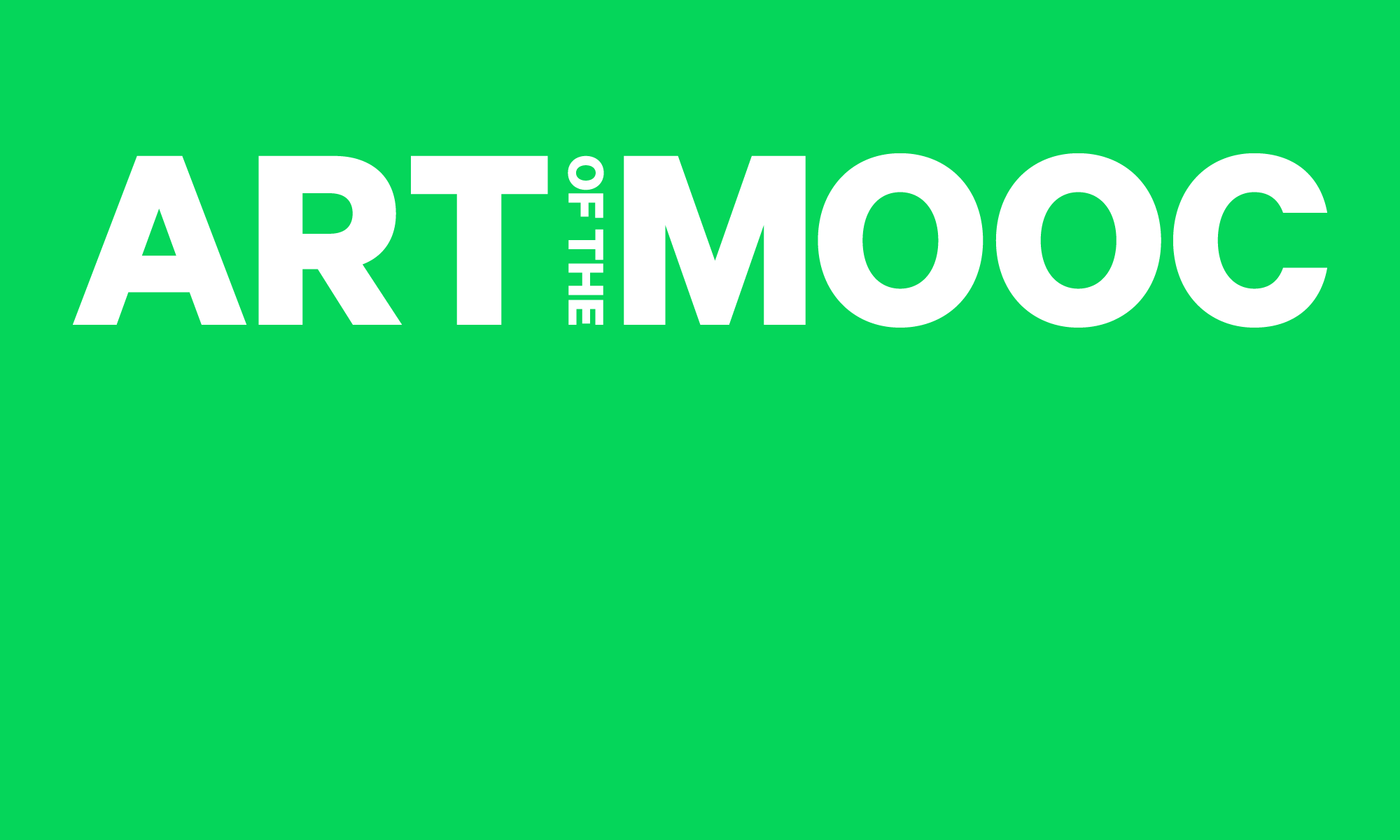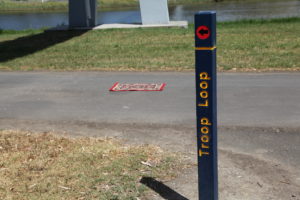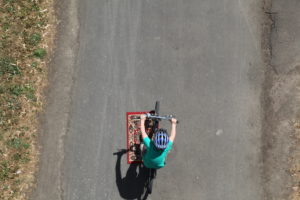WEEK 1
DISPLACEMENT – SOCIAL METHOD PROJECT
I had planned a pretty simple project, I created a displacement by leaving a small Persian-style carpet in a prominent position on a busy running/cycling track on a sunny Saturday afternoon. I was completely puzzled by the response to the carpet, which was one of complete ambivalence.
1.
Before the carpet blew away in the wind, most of the adults went around the carpet without even a sideways glance at what they had just avoided, while children, with as much nonchalance, rode straight over it. Only one of the thirty riders said to his mate,”there’s that carpet you wanted” and, without looking back, kept riding. No one else stopped, got off their bike or commented at all (that I could hear from my position on the walkway overhead). My conclusion is that they saw it, perhaps acknowledged it, yet did nothing to investigate. The were not in the least inquisitive. I wonder if the carpet had been bigger, forcing them to either ride over it or go way around it?
2.
According to Wikipedia, Lee Troop was born in Whittington, one of the poorest suburbs in the post-industrial city of Geelong Victoria. In the 1990s, he became a marathon runner and was celebrated as a winner in his home region. Despite not winning at an Olympic level, he was honoured in so much that the running track that hugs the edge of the local Barwon River is named after him. The ‘Troup Loop’ is a circuit running/cycling track which is the training ground for amateur and professional athletes of all persuasions. Despite running through a city, this river has still been able to decide its own boundaries. So the ‘Troop Loop’ makes no distinctions, it runs through exclusive suburbs, golf clubs, professional rowing clubs and athletic tracks, even some industrial areas—but it runs nowhere near Whittington. The aspiration of generations of Whittington residents is far below what Lee achieved, most resigning themselves to intergenerational unemployment, poor education statistics, dismal health outcomes, high crime and social disadvantage—all of which scar this small community. Even if they do achieve something with their lives, their lot is always subject to patronising attitudes and specialised assisted programs that ideologically seek to move its residents from one of disadvantage to one similar to the surrounding affluent suburbs. Transportation out of this dreary world for some is nothing but a fanciful magic carpet ride, competing in a marathon is something to dream about. Perhaps these lycra-clad runners and cyclists are dreaming about an even better life as they exercise, and in doing so block out other things, including the small carpet in the middle of their track. This experiment proved to me that to see disadvantage—you actually need to see and inquire.
3.
a) While the scale is nowhere near the same, but using vernacular materials of everyday life I think this ephemeral project deals with some of the rules that have been put forward on public art by Claire Doherty’ and Situations – projects that rely on the displacement of objects. Taking liberties here the ‘Situations New Rules for Public Art’ numbers 1. 2. 4. 5. 6. 7. 8. 10. 11. 12 are all considered in my small project. (see PDF attachment)
b) At a push I could say Sophie Calle making life ‘nicer ‘for everyday folk was an ambition for my project although it was a purely visual in intent- however the lack of visual or any other acknowledgement of my little gesture did put that at odds with Calle’s ambitions.
c) The politics of the running space, in particular the name attributed to it, appeared so removed from the community from which the man after whom it was named came from. I guess this is about Henri Lefebvre and the production of space



